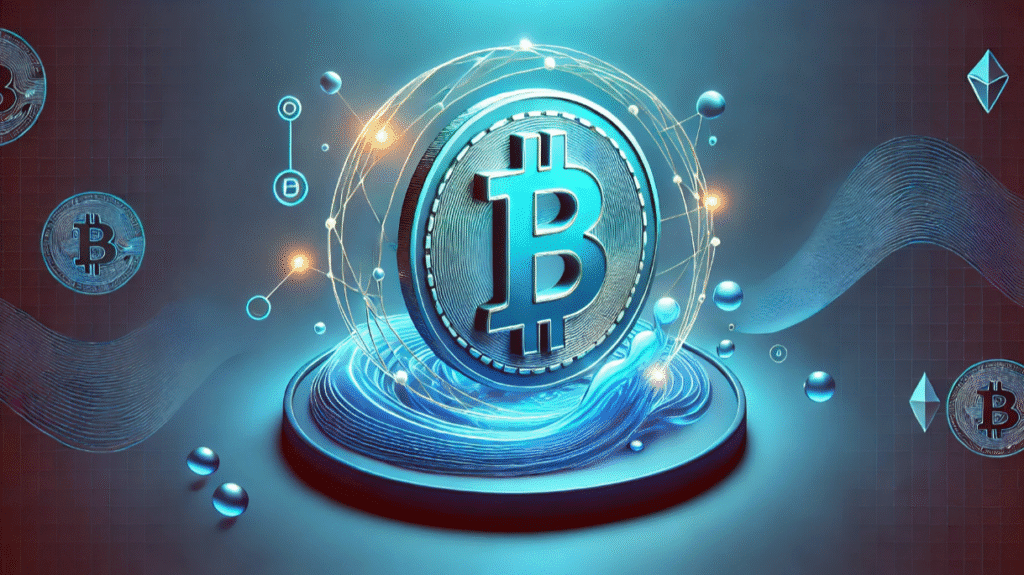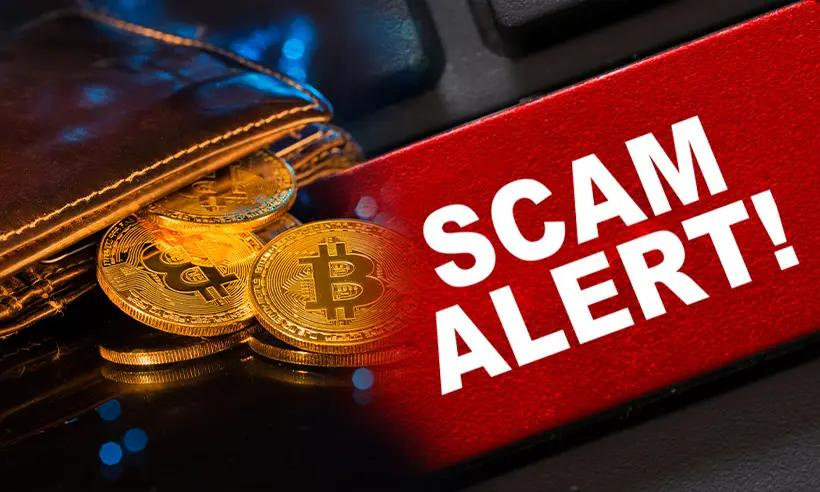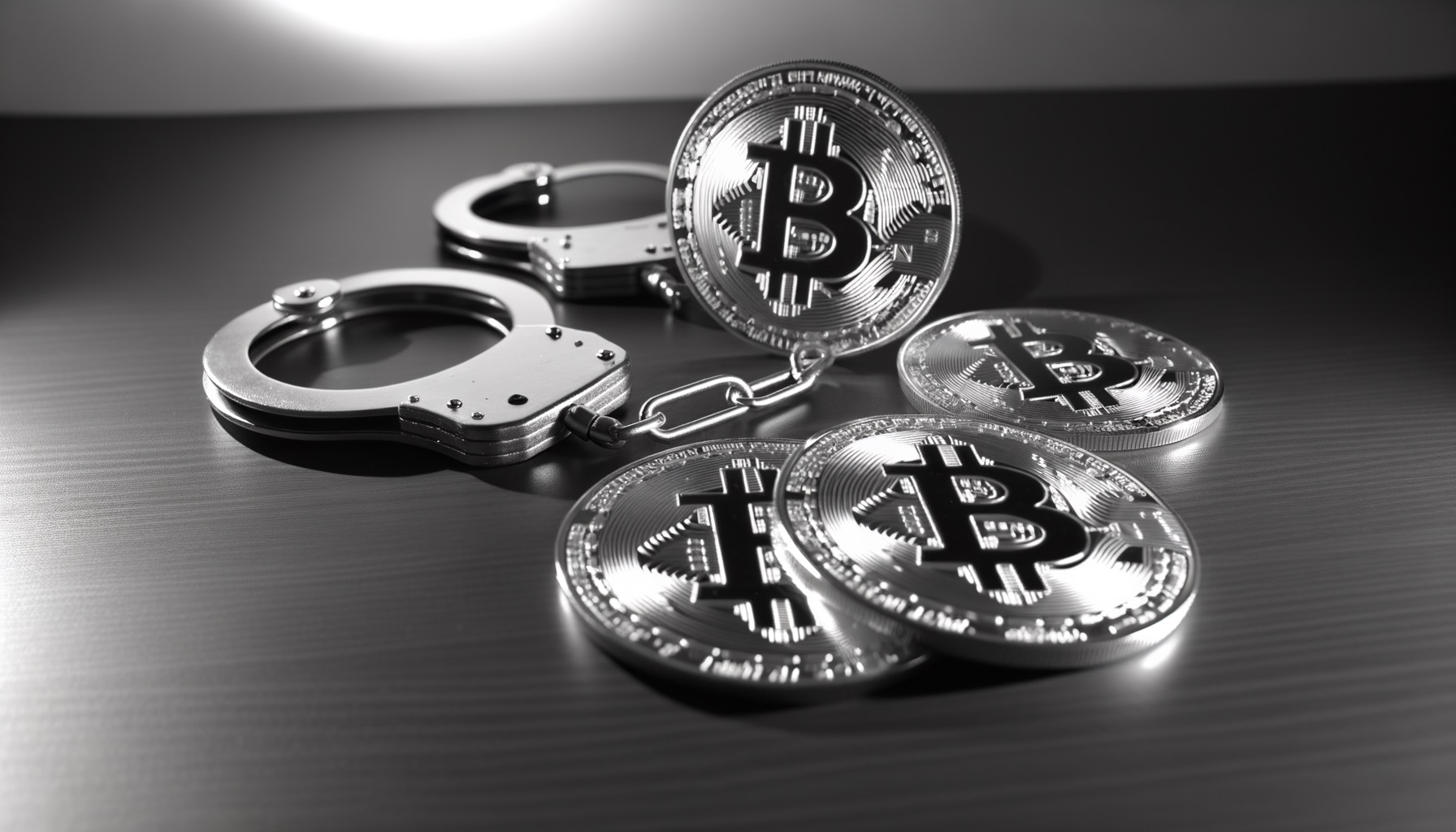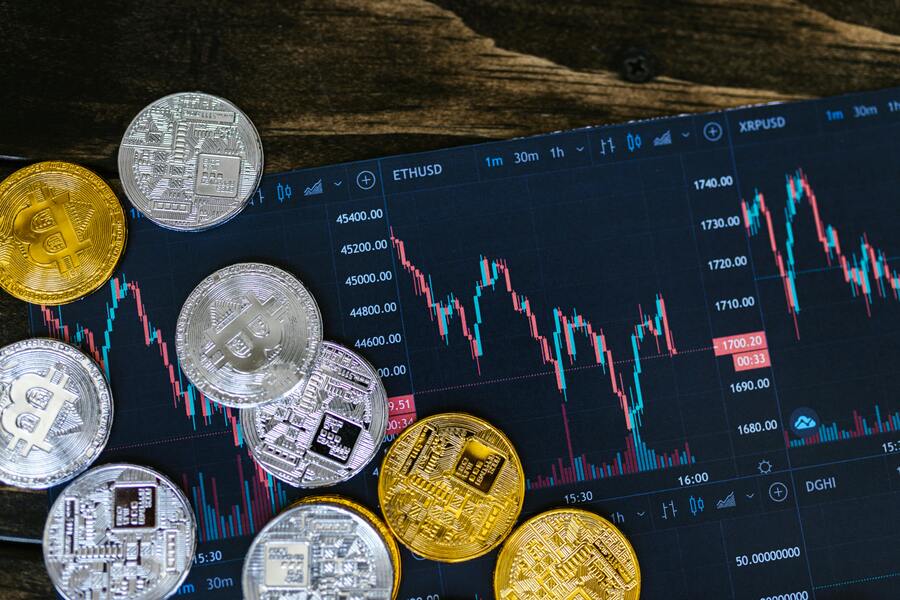Now Reading: Stablecoins Explained: Are They Really a Safer Crypto Choice for Everyday Users?
-
01
Stablecoins Explained: Are They Really a Safer Crypto Choice for Everyday Users?
Stablecoins Explained: Are They Really a Safer Crypto Choice for Everyday Users?
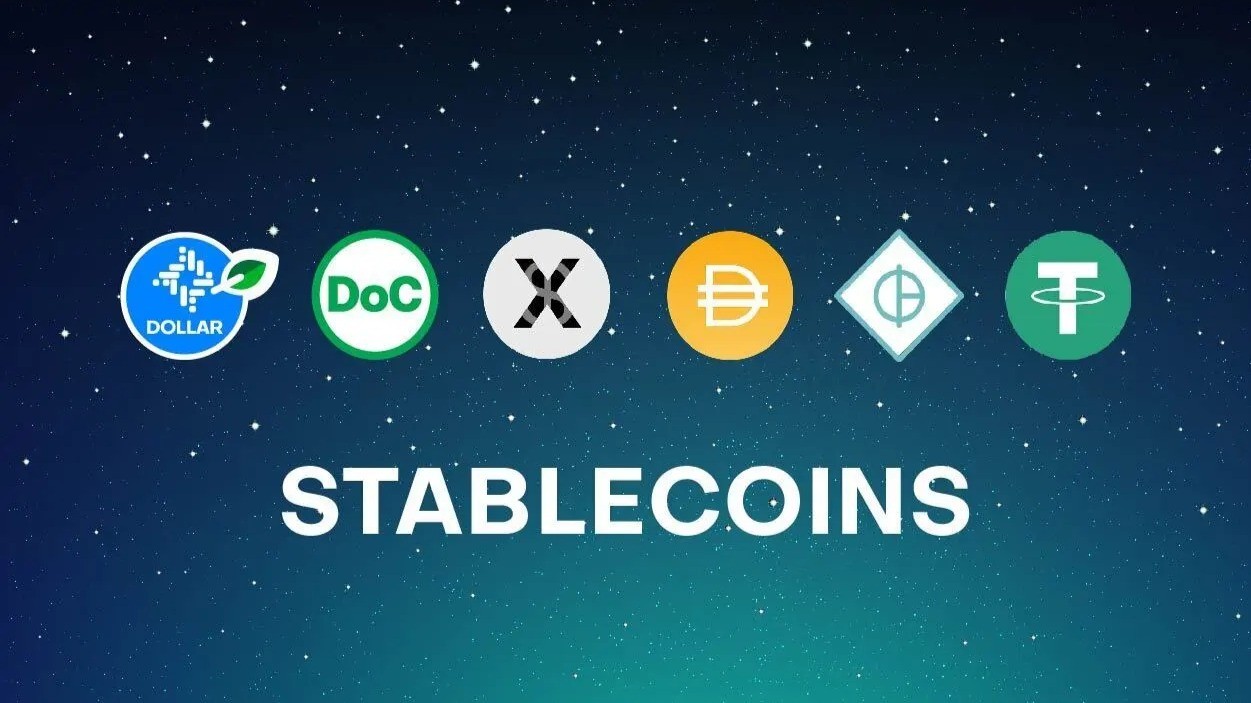
As more Indians explore digital currencies, one term that often comes up is “stablecoins.” Unlike Bitcoin or other volatile cryptocurrencies, stablecoins are designed to keep their value steady by linking themselves to assets like the US dollar, gold, or even the Indian rupee in some cases. This stability makes them look attractive to everyday users, especially in Tier-2 cities, where people may want the benefits of crypto without the fear of sudden price crashes.
Stablecoins work by pegging their value to something more reliable. For example, one unit of a dollar-backed stablecoin usually equals one US dollar. This system reduces the wild swings that make regular cryptocurrencies risky. For small business owners, freelancers, or students receiving international payments, stablecoins can make transactions faster, cheaper, and easier to manage compared to traditional banking methods.
In smaller towns, where financial services are not always convenient, stablecoins could act as a bridge to the digital economy. People could use them for online purchases, cross-border payments, or even savings without worrying about losing half their money overnight. For shopkeepers or local service providers, accepting stablecoins could feel less risky than other cryptos, given their more predictable value.
Still, calling stablecoins completely safe would be misleading. The stability depends on how well they are managed and whether the company or institution behind them actually holds the reserves they claim. If those reserves are mismanaged, the coin could lose its value. Moreover, in India, regulations around stablecoins are still evolving. Without clear rules, users could face confusion about their legal standing.
For everyday people, the question is not just whether stablecoins are safer, but whether they are practical. With UPI already popular in India, stablecoins need to prove they offer an added benefit. At the same time, for international use or for those curious about crypto, they provide a middle path between traditional banking and high-risk digital currencies.
Stablecoins may not be a perfect solution, but they do offer a more balanced option for people who want to test the waters of crypto without diving into extreme volatility. For users in Tier-2 India, the real opportunity lies in combining awareness with caution—using stablecoins where they add value, but always staying alert to the risks. What this means is that stablecoins are not a guaranteed safe haven, but they can be a useful tool when approached wisely.









